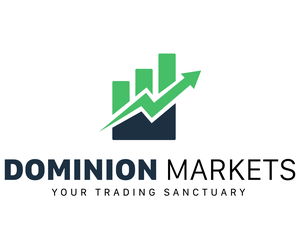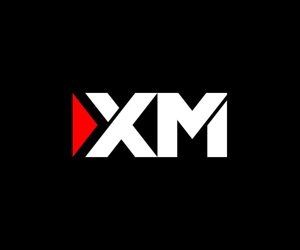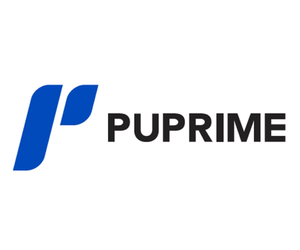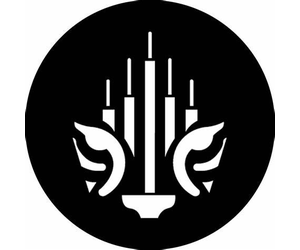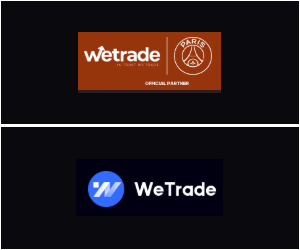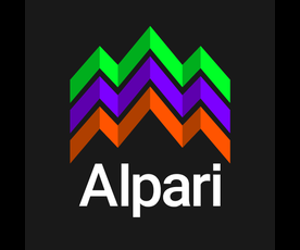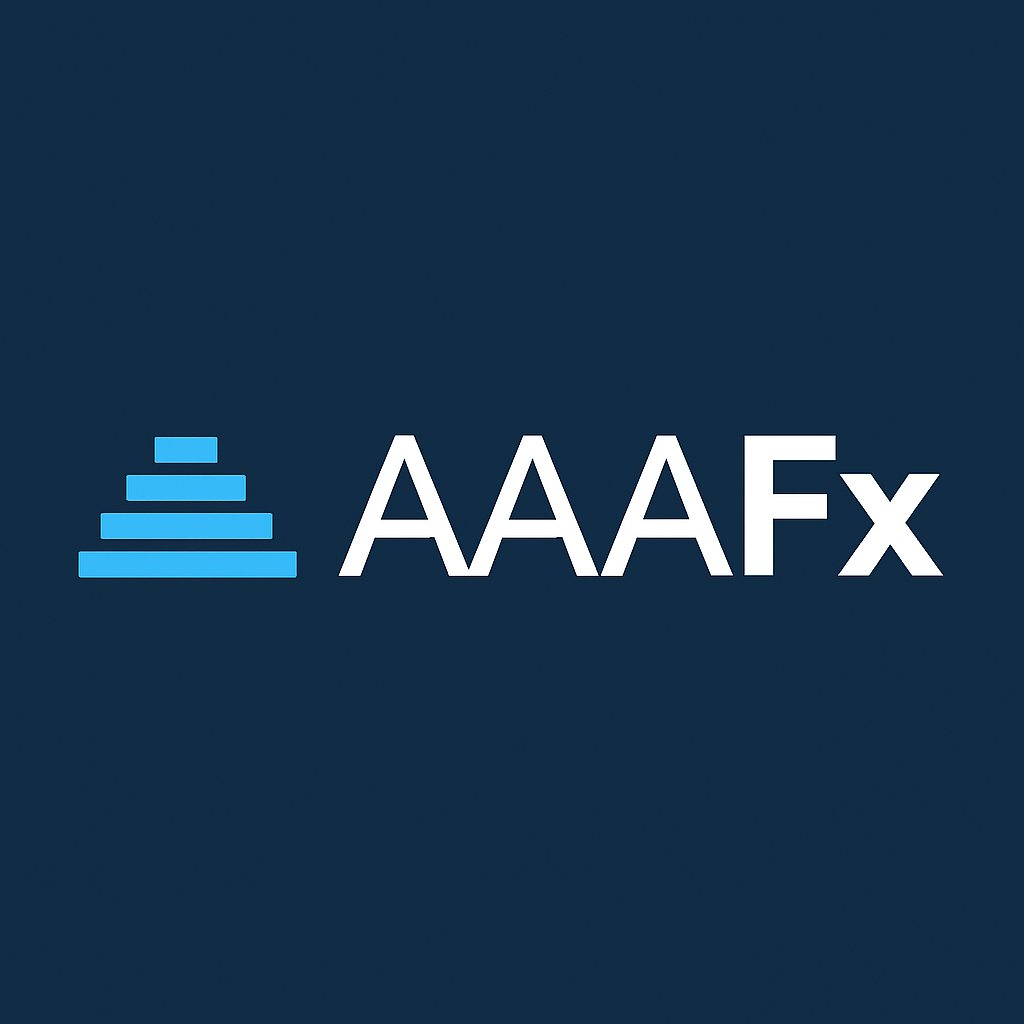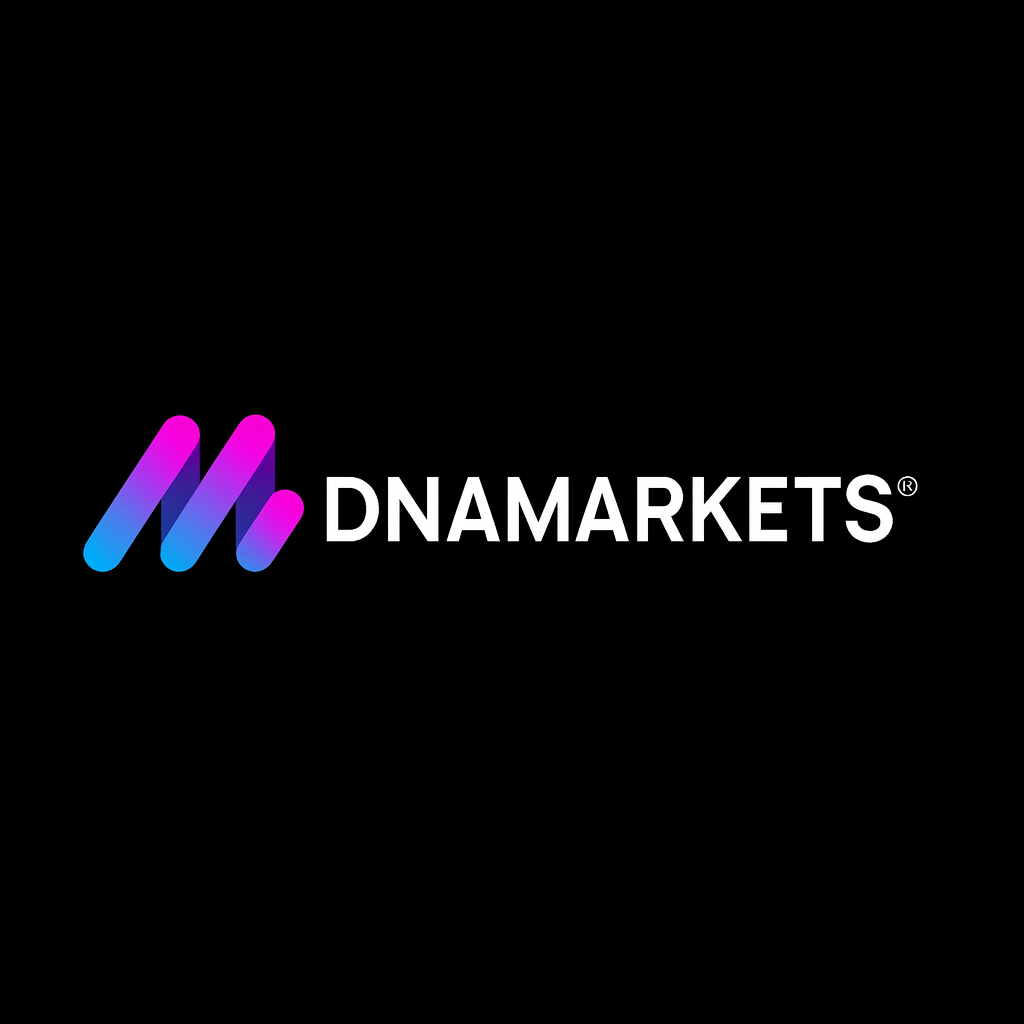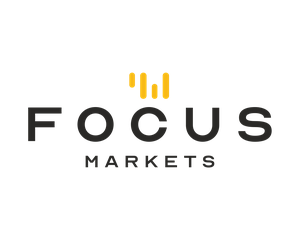WeTrade red flag: Our advisory shows how name confusion between WeTrade.com (SVG-registered, low safeguards) and WeTrade.one’s opacity creates unquantifiable risk. Protect your capital by avoiding both and using a clearly regulated, single-identity broker instead—see how inside.
In the world of online trading, trust is everything. Investors need absolute clarity on who holds their money and the rules that protect them. But what happens when that clarity is missing? This review addresses a uniquely confusing situation involving the name “WeTrade,” which is used by at least two separate, unaffiliated brokerage operations. This ambiguity creates unacceptable risks for investors, making it difficult to perform due to diligence and easy for scammers to exploit.
This article is not a typical broker review. Instead, it is an investor advisory. We will examine the two primary entities using the WeTrade name—one operating at wetrade.com and another at wetrade.one. We will show why the confusion between them, combined with their individual regulatory weaknesses, makes both a poor choice for any trader who values safety.
Our analysis is unequivocal. When a broker’s very identity is unclear, it fails the most basic test of transparency. Based on the TraderVerified.com methodology, the widespread confusion and underlying risks surrounding the “WeTrade” brand earn it a Red Flag classification. We advise traders, especially beginners, to avoid both entities and seek brokers with clear, verifiable, and singular identities.
The Core Problem: A Shared Identity Crisis
The central issue with WeTrade is simple: which company are you dealing with? A search for the broker leads to two main websites:
wetrade.com: This site promotes a forex and CFD broker offering high leverage and a wide range of markets.wetrade.one: This is a second, distinct website that has also operated under the WeTrade brand.
This immediately creates a dangerous situation. It is nearly impossible for a potential client to know if they are signing up with the entity they researched. Scammers can leverage this confusion, creating phishing sites or impersonating one of the brokers to defraud investors. If a trader encounters an issue, from a withdrawal delay to a trading dispute, which “WeTrade” is responsible? This lack of accountability is a foundational failure.
Online reviews and forums become unreliable. A positive comment or a negative complaint about “WeTrade” loses all meaning without knowing which entity is being discussed. This pollution of public data makes independent research, a cornerstone of choosing a broker, effectively impossible.
Regulation & Safety: A Race to the Bottom
Even when analyzed separately, neither entity offers the robust regulatory protection necessary for peace of mind. A broker’s license is its most important feature, and in this regard, both operations fall far short of a safe standard.
WeTrade.com: The Offshore Operator
The entity at wetrade.com is operated by WeTrade Group Inc. This company is registered in Saint Vincent and the Grenadines (SVG). This is a critical fact that all investors must understand. The SVG Financial Services Authority (SVGFSA) has explicitly stated that it does not regulate forex brokers. It is a company registrar, not a financial watchdog.
This places the broker firmly in our Tier 3 category, which offers the lowest level of investor protection. For clients of this entity:
- There is no legal requirement for segregated funds. The broker could mix client money with its own, putting deposits at risk.
- There are no mandatory leverage limits. This allows for extreme offerings like 1:2000, which dramatically increase the risk of total loss.
- There is no government oversight of its trading practices or internal controls.
WeTrade.one: A Void of Information
The entity at wetrade.one presents an even more concerning picture: a severe lack of transparency. Publicly available information regarding its corporate structure or regulatory status is sparse to nonexistent. This complete opacity is an immediate disqualifier. A legitimate financial services company will prominently display its licensing and corporate details. The failure to do so suggests there is no meaningful regulation to declare.
In summary, traders are faced with a choice between a verifiably offshore, unregulated broker and a second, completely opaque entity. Neither choice meets the minimum safety standards required for a recommendation.
Reputation & The Inescapable Confusion
As noted, the shared name makes assessing market reputation impossible. Reports of withdrawal delays, aggressive marketing, and poor customer service can be found online, but it is futile to try and attribute them to one specific operation.
This creates a perfect storm where a poorly run or fraudulent entity can hide behind the name of another. If one broker builds a semblance of a good reputation, the other can benefit from it. Conversely, the negative actions of one can harm the other. For the trader caught in the middle, it is a no-win situation.
The presence of a shared brand name without any clear legal or corporate affiliation is highly irregular in the financial industry. Reputable firms invest heavily in building and protecting their brand identity. The existence of two “WeTrades” suggests a disregard for the conventional standards of branding and transparency that are hallmarks of trustworthy financial institutions.
Strengths vs. Overwhelming Weaknesses
While one might point to certain features as “strengths,” they are rendered meaningless by the foundational risks.
Potential “Strengths” (Viewed Critically):
- High Leverage & Market Access: The offshore model of
wetrade.comallows it to offer very high leverage and a broad range of products. However, these features are a direct result of its lack of regulatory constraints and come at the cost of safety.
Overwhelming Weaknesses:
- Critical Name Confusion: This is the primary red flag. It undermines transparency, accountability, and the ability to conduct due to diligence.
- High Potential for Scams: The ambiguity is easily exploitable by fraudulent actors impersonating either company.
- Lack of Legitimate Regulation: One entity is registered in an offshore jurisdiction that does not regulate forex, while the other lacks any verifiable regulatory information.
- Unverifiable Reputation: It is impossible to separate client feedback, making reviews and public perception unreliable guides.
- Absence of Investor Protections: Key safeguards like segregated funds and government-backed compensation schemes are not available.
Final Verdict: A Clear and Urgent Recommendation to Avoid
The fundamental purpose of a broker review is to assess risk versus reward. In the case of WeTrade, the risk is unacceptably high and fundamentally unknowable. The confusion over the brand’s identity is, by itself, enough to issue a Red Flag classification. Prudent investors should never have to guess which company they are entrusting with their funds.
Even if this confusion did not exist, neither entity stands on its own as a recommendable broker. The wetrade.com operation is an offshore firm with no meaningful regulatory oversight. The wetrade.one entity is too opaque to even be considered.
Our recommendation is therefore simple and firm: traders should avoid both WeTrade entities entirely. The financial markets offer hundreds of well-regulated, transparent, and reputable brokers operating under single, verifiable identities. There is simply no reason to take on the profound and unnecessary risks associated with the WeTrade name. Your capital deserves better.

